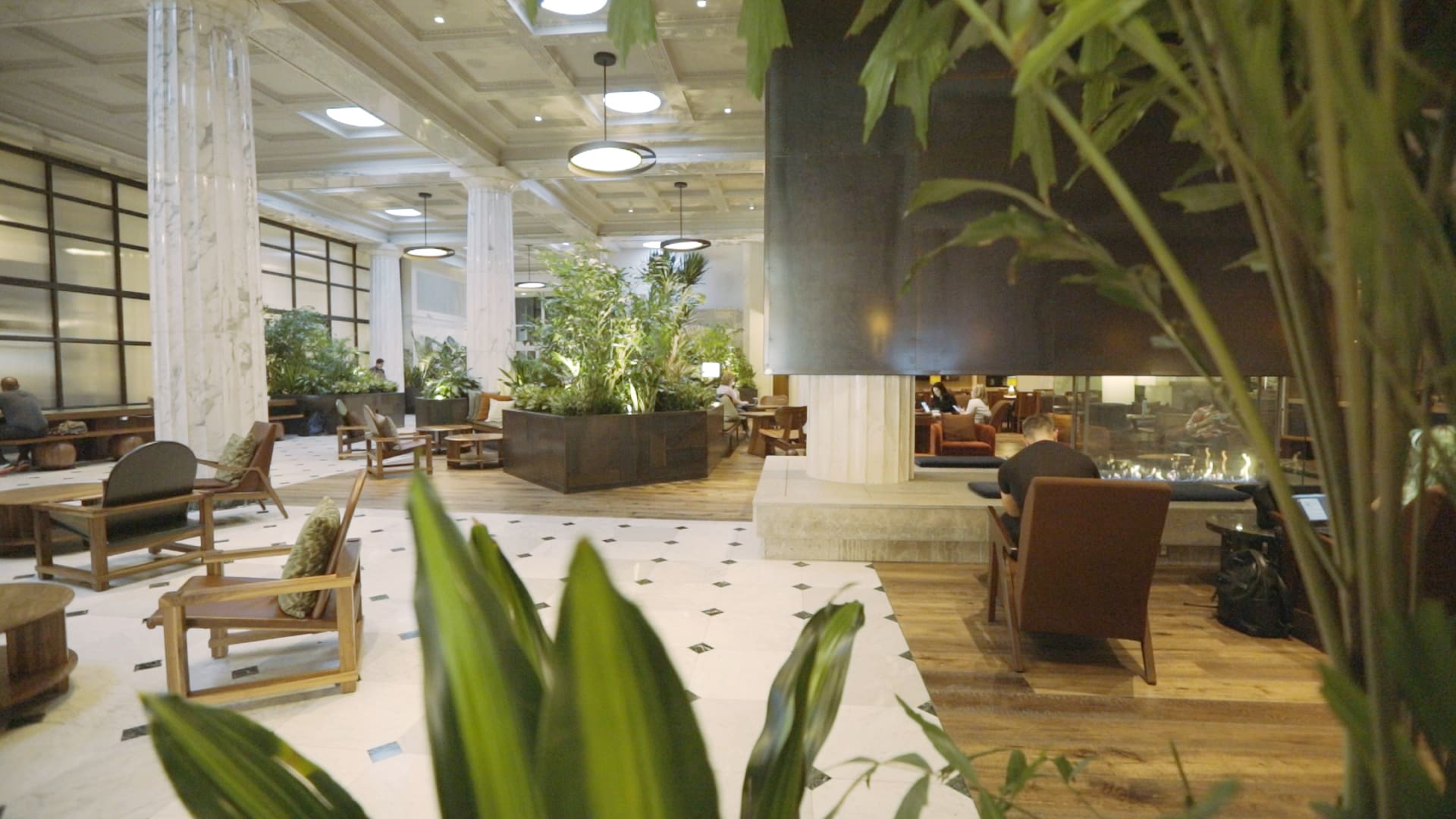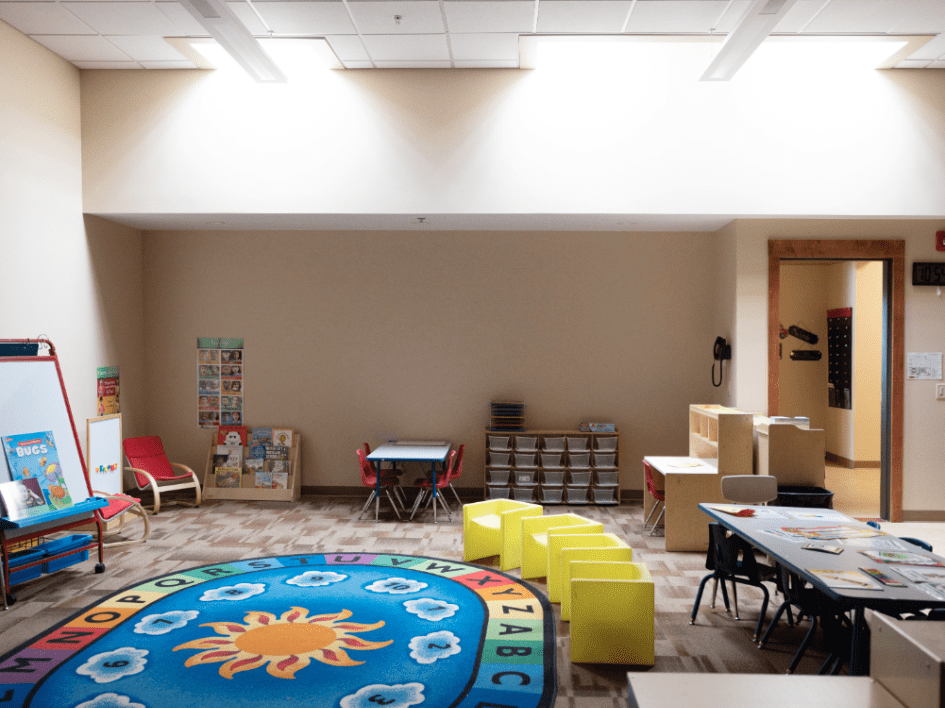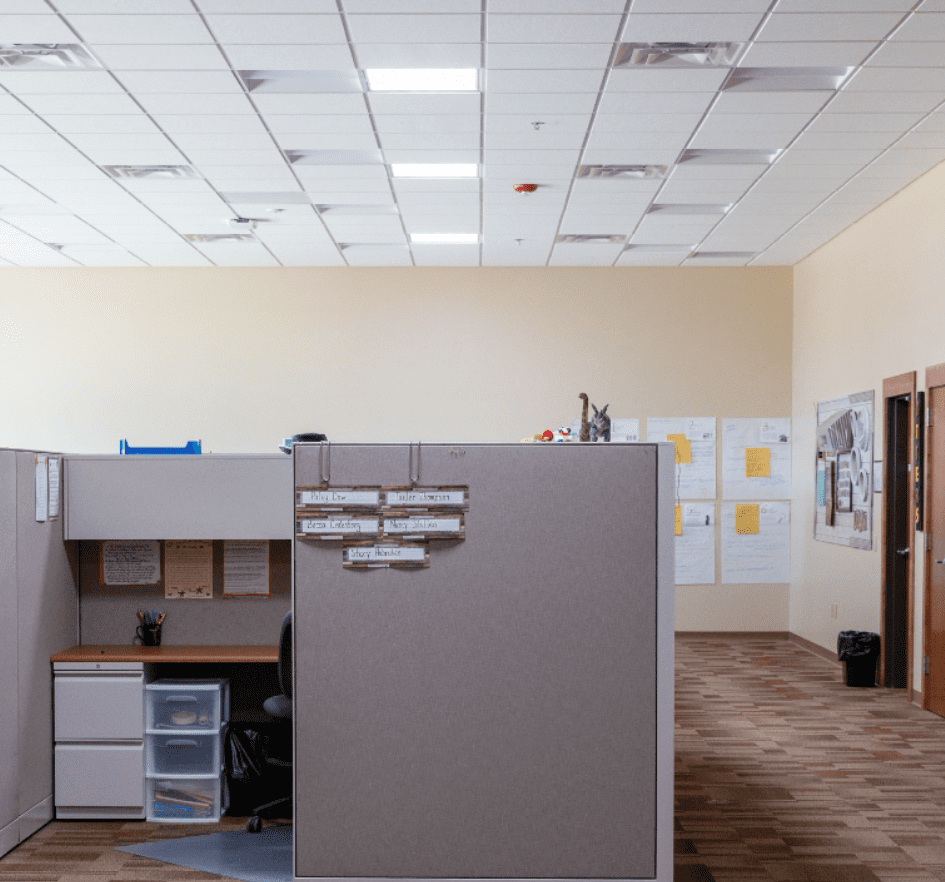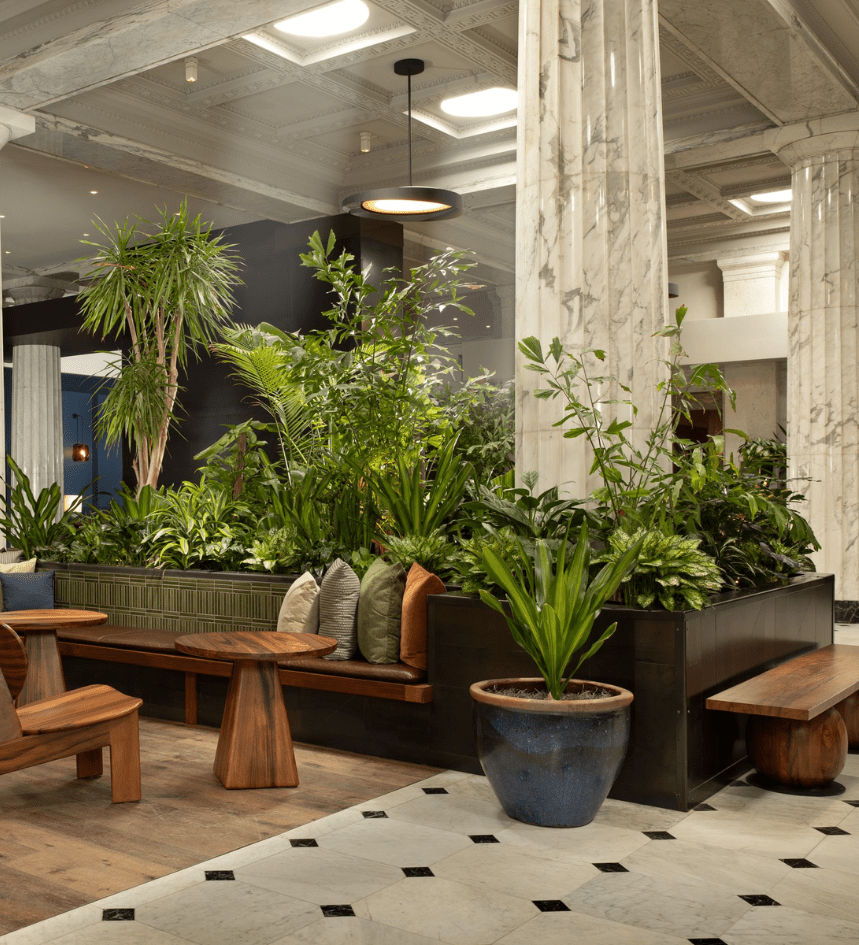Five Benefits of Daylight Design in Adaptive Reuse Projects
Discover how designers and architects can revitalize aging buildings with natural daylight

If you’ve ever seen or been inside a building that serves a different function than it once did—say, a former church turned trendy restaurant or shopping mall turned community college, you’ve experienced the long-standing architectural practice of adaptive reuse.
Adaptive reuse (or building reuse) is the sustainable idea that old buildings can and should be retrofitted rather than demolished. It offers a way to breathe new life into empty historic structures, limiting further resources and energy consumption, which in turn helps reduce the amount of waste and harmful emissions produced by the world’s built environment.
Continue reading below to learn the importance of adaptive reuse and how daylighting has been used to design new community beacons from abandoned old buildings.

Health and Wellness
Daylight, with its dynamic interplay of natural illumination, holds the key to fostering health and well-being within architectural spaces. Research underscores its profound impact on human circadian rhythms, neurotransmitter production and overall mental health. A study by Dr. Alan Hedge, a workplace design expert and professor at Cornell University, even found that natural daylight has been shown to decrease eyestrain by 51%, drowsiness by 56% and headaches by 63%.
By seamlessly integrating daylight into the design, architects create environments that promote alertness, regulate sleep patterns and enhance overall physiological functioning. Consider the Lincoln School in Fergus Falls, Minnesota, where the Independent School District 544 revitalized a former 90,000-square-foot Target retail store into its newest campus. Understanding the profound impact of daylight on human well-being, the district incorporated 49 Solatube SolaMaster Daylighting Systems, transforming the once windowless space into a vibrant, luminous environment. This innovative top-down daylighting approach not only breathed new life into the facility but also fostered a healthy and inspiring atmosphere for students and staff.

Sustainability
It comes as no surprise that integrating daylight into an adaptive reuse project serves as an effective strategy for reducing energy consumption and yielding substantial savings in energy costs.
According to VentureWell, electric lighting accounts for 35% to 50% of commercial buildings’ total electrical energy consumption. By generating waste heat, this lighting also adds to the loads imposed on a building’s mechanical cooling equipment. However, by implementing appropriate daylighting strategies, the energy savings derived from reduced reliance on electric lighting can yield substantial benefits. By effectively harnessing natural daylight, building cooling energy usage can be directly reduced by an additional 10% to 20%, providing significant cost savings and contributing to a more sustainable facility.

Adaptability
The adaptability of daylighting designs plays a crucial role in accommodating future modifications to the building layout. Projects like the Lincoln School demonstrate how tubular daylighting devices (TDDs) seamlessly integrate with existing structures, offering versatility for future changes. Should there be a need to modify the building, the TDDs’ light distribution tubing and ceiling-mounted diffusers can be disassembled and relocated to meet evolving demands.
Perception
Architects have long recognized the transformative effect of effective daylighting design on architectural aesthetics, saturating spaces with emotion and turning them into more welcoming and inspiring environments. The strategic use of TDDs at the Lincoln School campus illustrates how daylighting can fundamentally alter the perception of a facility, cultivating a sense of comfort and inspiration, creating a supportive environment for learning and personal growth.

Productivity
In addition to fostering the health and well-being of occupants, environments infused with natural daylight have been scientifically proven to spark inspiration and cultivate a more productive atmosphere. Unsurprisingly, “access to natural light and views of the outdoors” emerged as the most sought-after benefits in a recent Future Workplace study conducted for the Harvard Business Review. The findings of this study revealed a remarkable statistic: a staggering 70% of participants reported that access to natural daylight directly enhanced their work performance. As organizations and individuals increasingly recognize the transformative influence of daylight on productivity, the demand for well-lit and vibrant workspaces will continue to grow.
Highlighting History
The intrinsic charm of natural daylight transcends its functional benefits. In downtown Minneapolis, the historic Midland Bank building, now Hotel Emery, showcases this transformative power. The design team creatively utilized 14 Solatube SkyVault Daylighting Devices to merge biophilic elements with the urban landscape, honoring the building’s heritage while accentuating its architectural essence. The result of infusing spaces with daylight is an unforgettable experience for guests, demonstrating the profound impact of embracing daylighting principles to create timeless spaces that connect with occupants on a deeper level.
Embracing the Future of Architecture
The integration of daylighting into adaptive reuse projects represents a strategic investment with both immediate and long-term benefits. Through innovative design and a deep appreciation for the transformative power of daylight, building owners, designers and architects can breathe new life into dormant structures, fostering healthier, more sustainable environments that celebrate the past while embracing the future that will continue to inspire and uplift generations to come.
Are you ready to start planning your next adaptive reuse project?
Set up a free consultation with our team of daylighting experts by calling 888.SOLATUBE or visit Solatube.com/commercial to find your local distributor.